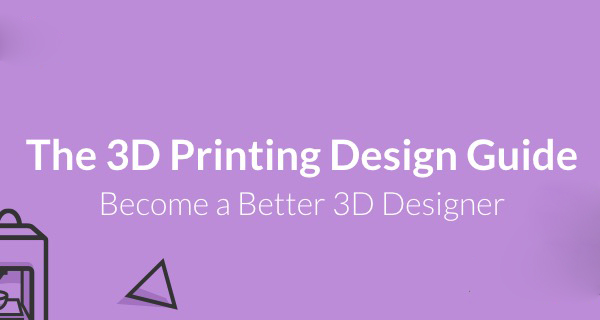Pinshape has published an enormous, 10,000 word design guide for their contributors. I think it’s pretty good, even if you are not a Pinshape contributor.
Pinshape is one of several large-scale printable 3D model repositories, where you can certainly find some very interesting items worth printing.
Their success depends on ensuring a constant flow of new and amazing 3D models into their repository, so that others can make use of them. Their design guide is set up for those new to the concept of 3D printing and takes you for a learning journey through all the basics required to design printable items.
Here’s the phases they explain in some detail:
Designing items people actually want: For those contributing to 3D model repositories, this is quite a critical factor. If no one wants your item, there’s really no point in uploading it. It takes a bit of skill and thinking to focus on items that could be popular, and this chapter shows you how that’s done.
Choose the Best 3D Modeling Software: This chapter explains vividly with diagrams the different styles of 3D modeling software, and provides recommendations for both free and paid products. A key point made by Pinshape, which I strongly agree with, is to select a tool that’s appropriate for the job.
Apply Design Principles for 3D Printing: This chapter goes into some detail to explain the best geometric practices when designing an item for 3D printing. They explain quite a bit about the need to design to reduce support structures, while also talking about warp prevention, level of detail, material considerations and more.
Prepare Your File for 3D Printing: This chapter explains the file types typically encountered during the 3D printing process and the software that can be used to perform repairs or adjustments on an existing 3D model.
Price Your 3D Models: This chapter provides great advice for determining a price for a 3D print, whether you’re a Pinshape user or not. It includes a simple formula you can use to perform pricing calculations.
Choose Where to Sell Your 3D Models: This chapter lists several practical methods of selling 3D prints and models, but also goes into some detail around licensing aspects, which are sometimes forgotten by busy designers.
Use Marketing Tips to Sell Your 3D Designs: Here they include a number of methods to promote sales of a 3D model or print, including images and videos – and they even go into detail on how to create such material.
Choose Your 3D Design Hardware: This chapter lists a number of inexpensive 3D printer and scanner options if you need to scan or print yourself. We’d also recommend our Buying Guide, which has a more extensive list of products.
Whether you’re just starting in the world of 3D printing or have been around a while, I think you might find some value by perusing this comprehensive design guide.
Via Pinshape


